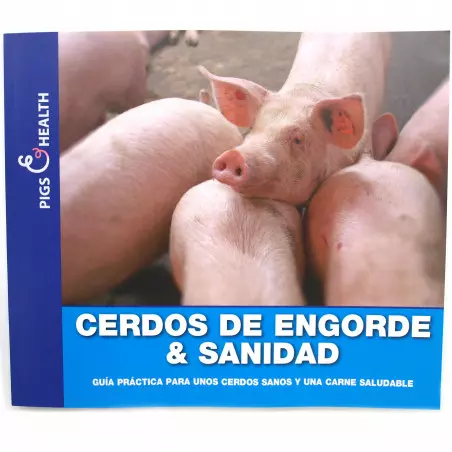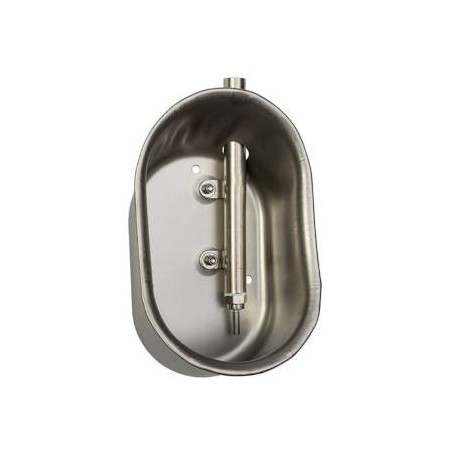Starch is the principal digestible carbohydrate found in most feed for monogastric animals. It is a complex carbohydrate composing of amylose and amylopectin, or resistant and digestible starch. Amylose polymers have less surface area and more intramolecular hydrogen bonds than amylopectin. Ingestion of starches that are rich in amylopectin may lead to an up-regulation of lipogenesis in the liver or adipose tissues by increasing blood glucose and insulin concentration. Moreover, the bacterial fermentation of resistant starches in the large intestine produces short-chain fatty which may also affect lipid metabolism. Changes of lipid metabolism may have direct effect on the total body fat, subcutaneous and visceral fat content. The present study was conducted to evaluate the effect of dietary amylose/amylopectin ratio (DAR) on body health and meat quality in finishing pigs. A total of forty-eight DLY pigs (initial body weight of 74.9 ± 5.0 kg) were randomly allotted to two treatments, and fed either with LR (DAR: 12/88) or HR (DAR: 30/70) diet.
Results showed that ingestion of a HR diet not only decreased the triacylglycerol and cholesterol concentrations in plasma (P < 0.05), but also reduced the lipid contents in liver (P < 0.05). Interestingly, ingestion of a HR diet tended to reduce the intramuscular fat content (P = 0.06), and significantly increased the firmness (P < 0.05) and loin-eye area (P < 0.01). Moreover, ingestion of a HR diet significantly decreased the levels of MyHC I (P < 0.05), and elevated the levels of MyHCIIb (P < 0.05) gene expression in longissimus dorsi. Ingestion of a HR diet has resulted in down-regulation of the FAS3 gene in liver and longissimus dorsi (P < 0.05). These findings suggested that a HR diet is helpful to reduce the lipogenesis both in liver and muscle.

In conclusion, ingestion of diet high in DAR not only induces a decrease in triacylglycerol and total cholesterol concentrations in plasma, but also leads to an increase in firmness, loin-eye area without affecting the growth performance in finishing pigs. The major finding of the current study is that DAR can affect both body health and firmness of muscle through changing the body glucose and lipid metabolism.
Can Yang, Daiwen Chen, Bing Yu, Zhiqing Huang, Xiangbing Mao, Jie Yu, Ping Zheng, Jun He, 2015. Effect of dietary amylose/amylopectin ratio on growth performance, carcass traits, and meat quality in finishing pigs. Meat science, 108, 55-60.






